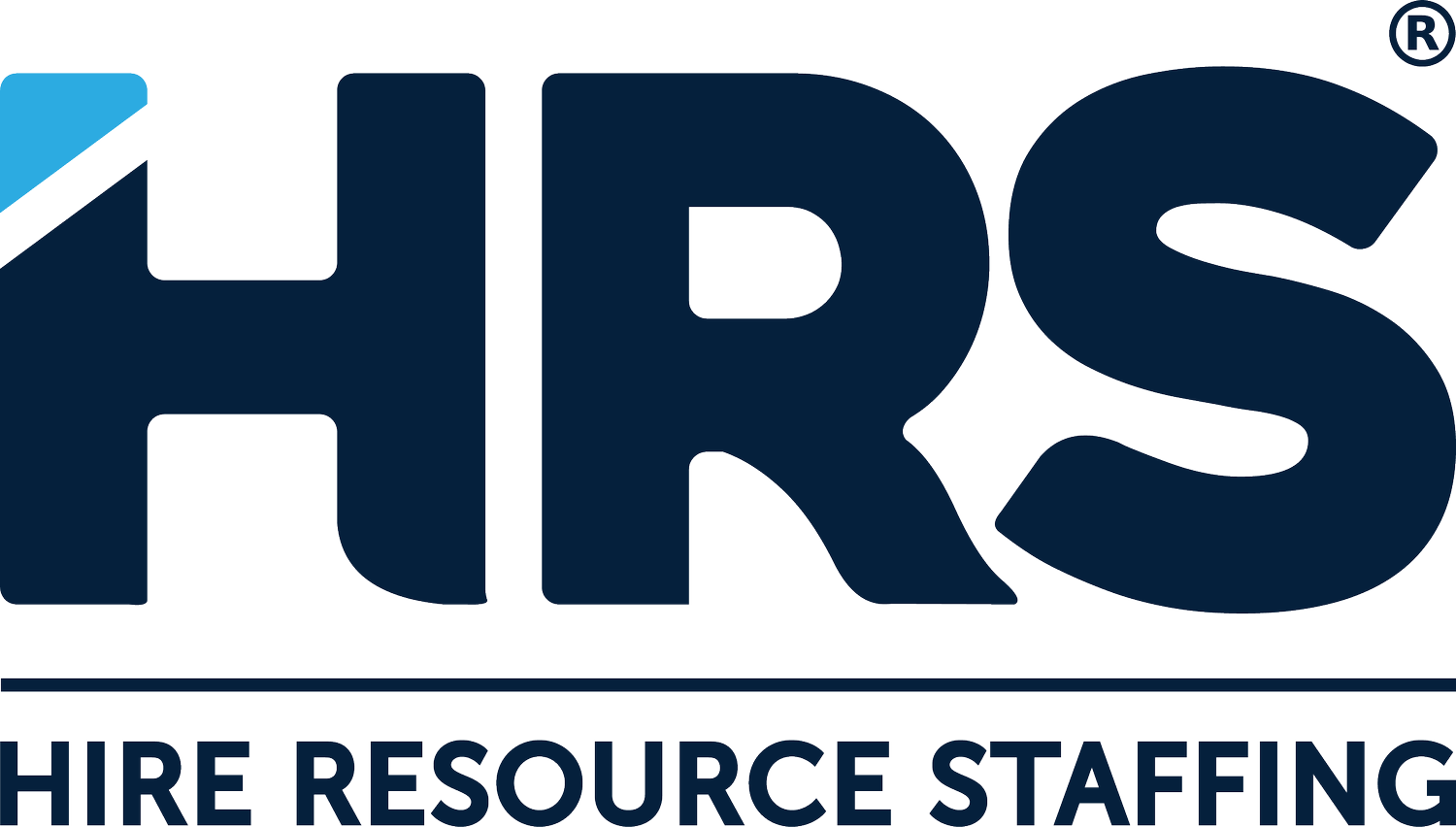How Construction Companies Can Prepare for Seasonal Labor Demands
Construction is one of the industries most affected by seasonal labor demands. Weather, project timelines, and client expectations all influence when and how many workers are needed. For business owners, this makes workforce planning not just important but critical.
Understand the Cycles
The first step is identifying when your demand peaks. In many regions, construction projects ramp up during warmer months when conditions are ideal. Knowing these patterns allows you to forecast labor needs early and avoid last-minute scrambles.
Build a Flexible Workforce Strategy
One of the biggest mistakes companies make is hiring too late. By partnering with a staffing agency, construction businesses can access a pool of ready-to-work talent—skilled trades, laborers, or project support staff without long lead times. This flexibility allows companies to scale up quickly during peak season and scale down without long-term payroll strain.
Cross-Training and Upskilling
Seasonal work doesn’t mean unskilled work. Employers benefit from training workers across multiple roles so they can move seamlessly where demand is highest. Upskilling programs whether safety training, equipment certifications, or supervisory skills pay off in productivity and reduce turnover when workers feel invested in.
Retention Matters Too
Seasonal doesn’t mean temporary in attitude. When workers feel respected, fairly compensated, and valued, they return year after year. That loyalty saves time and money on recruitment. Recognition programs, safe work conditions, and consistent communication go a long way in keeping your seasonal workforce committed.
We’ve helped construction companies handle seasonal surges by balancing immediate needs with long-term planning. The companies that thrive are the ones that treat seasonal labor as a strategic advantage—not just a challenge.
Seasonal labor demands are predictable. The companies that prepare with flexible staffing, early planning, and strong employee relationships will stay competitive and keep projects on track.
